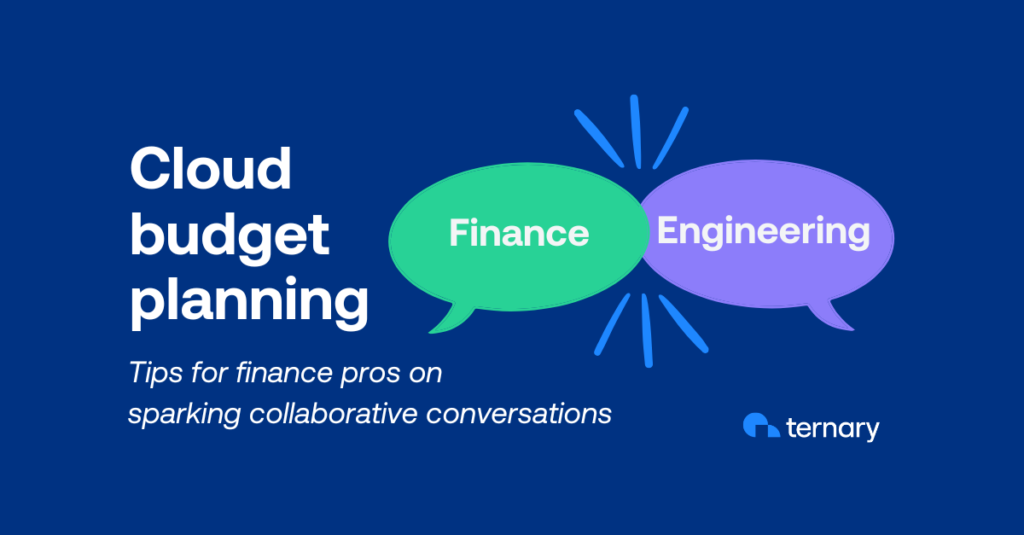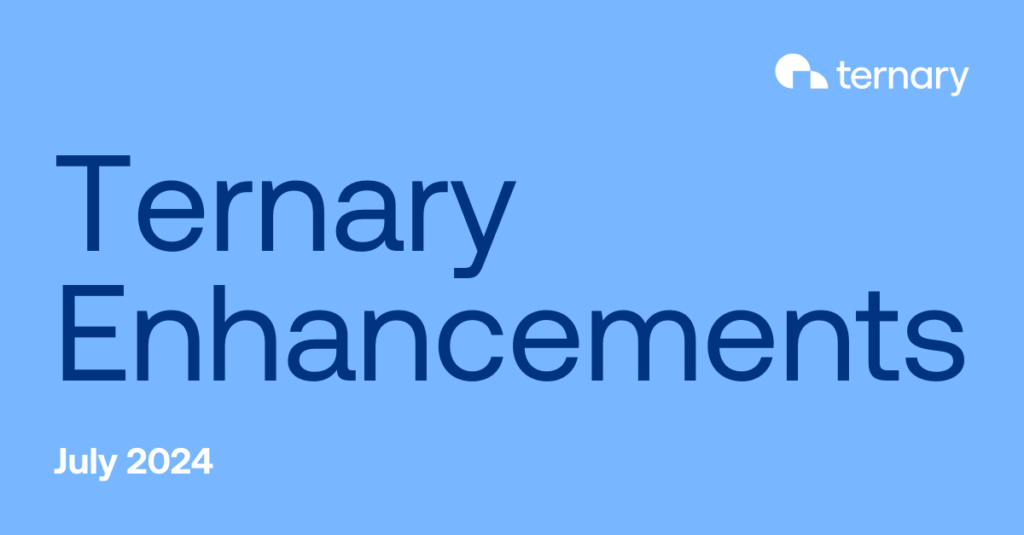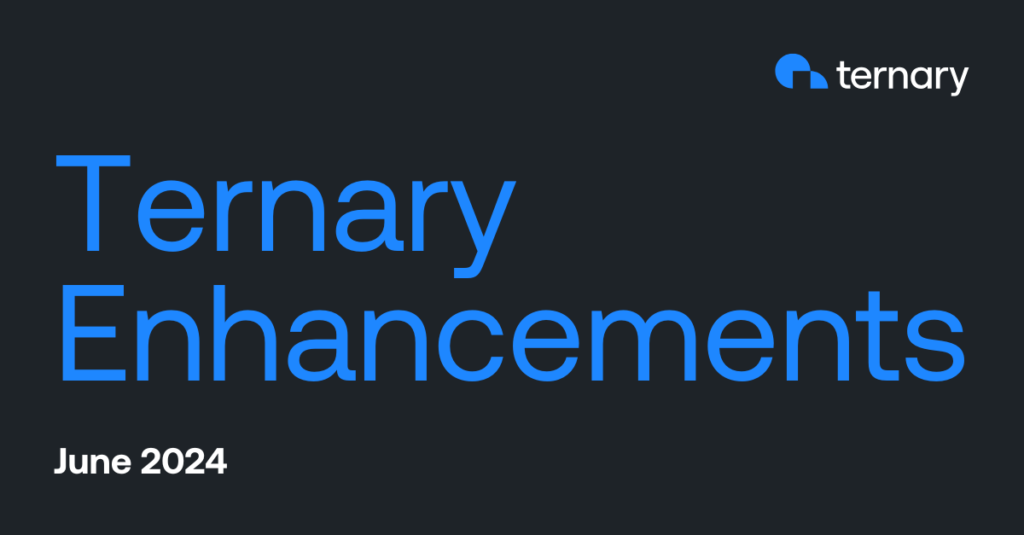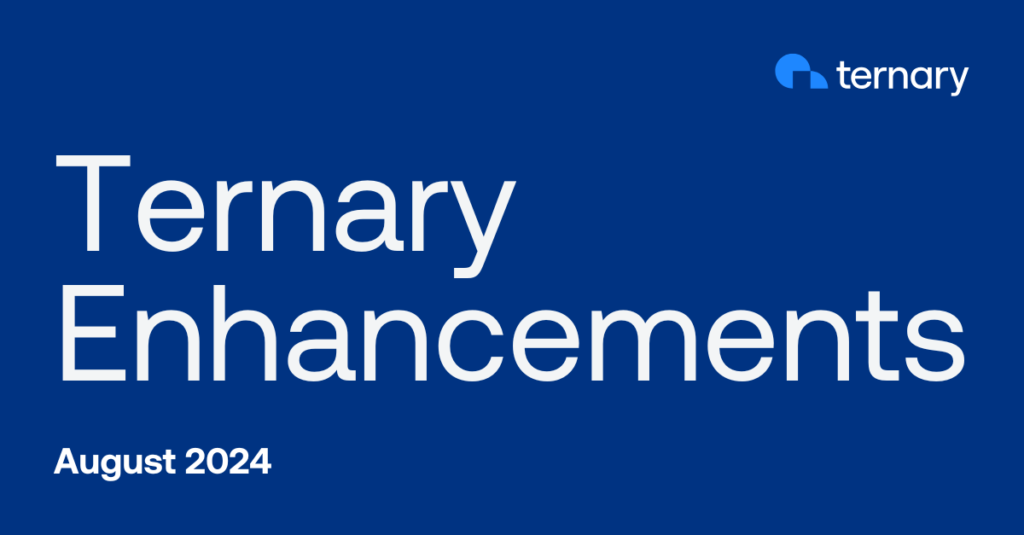As fall gets under way, many organizations find themselves knee-deep in financial planning for the upcoming fiscal year. It’s that critical time when you refine your budgets and align your resources with strategic goals. If you’re a finance leader, you know how important it is to understand how cloud consumption factors into the budget planning process. But talking to engineering teams about increasing cloud spend may feel like stepping out of your wheelhouse and into an unfamiliar zone. I recently sat down for an interview with Ternary’s Senior Director of Finance, Ryan Heiling, to get his thoughts on the subject.
Understanding the budget planning process
Q. Can you tell me about a standard fiscal year budget planning process?
A. Generally, organizations begin their fiscal year budget planning in late August or early September. Depending on the size of the organization there may be a slightly different process. Here’s a breakdown of how it typically unfolds:
- Leadership vision. The process usually starts with the CEO or leadership team articulating a medium- to long-term vision for the organization—where they want to be in the next 3–5 years. This vision sets the tone for departmental goals.
- Departmental alignment. Each department should establish qualitative goals aligned with this vision. For example, the product team might set a goal to release specific features. Ensuring that everyone is on the same page is critical, which often involves discussions among department heads and subject-matter experts.
- Translating goals into metrics. Finance plays a crucial role in translating these often fuzzy goals into quantifiable metrics. They help identify whether resource requests align with strategic objectives, ensuring that departments have a baseline for performance.
- Negotiation and collaboration. As departments submit their requests—like hiring additional product managers to expedite feature releases—Finance assesses the organization’s overall capital. The finance team must track the pulse of the entire organization, ensuring product, engineering, and other departments remain aligned.
- Socializing the plan. Once a cohesive budget proposal is drafted, it’s shared with the board for input and sign-off. This step ensures everyone understands how the pieces fit together in the broader organizational puzzle.
Breaking down silos with Engineering
Q. What are the key metrics you look at when determining the cloud budget?
A. Percentage variance of budgeted spend is something Finance always cares about. I would say anything with 10% variance from budget is a win for me. As an organization matures, companies focus on sustainable, scalable, and repeatable growth. They then pay more attention to metrics like gross margins.
Q. What has been your experience working with Engineering during the budget planning process?
A. Finance professionals may not feel empowered to have conversations with Engineering, because they may feel relatively uninformed about cloud operations. Engineering is not going to come to you to justify what they are doing or offer insights (unless they’re dragged, kicking and screaming). Finance professionals need to discover what questions to ask Engineering, and how to challenge them on their spend.
Q. What advice would you give to other finance leaders who want to improve communication with Engineering?
A. I recommend Finance try to educate Engineering about the opportunity that FinOps presents: Even a 5% reduction in cloud spend can translate into thousands of dollars over the year, empowering Engineering to innovate further. Those funds can then be repurposed for another strategic initiative. Typically, organizations have budget set aside for research projects that may not generate revenue directly.. Take artificial intelligence (AI), for example. Many organizations are experimenting with AI, but it will take time to research and develop. That 5% savings I mentioned could go into that bucket.
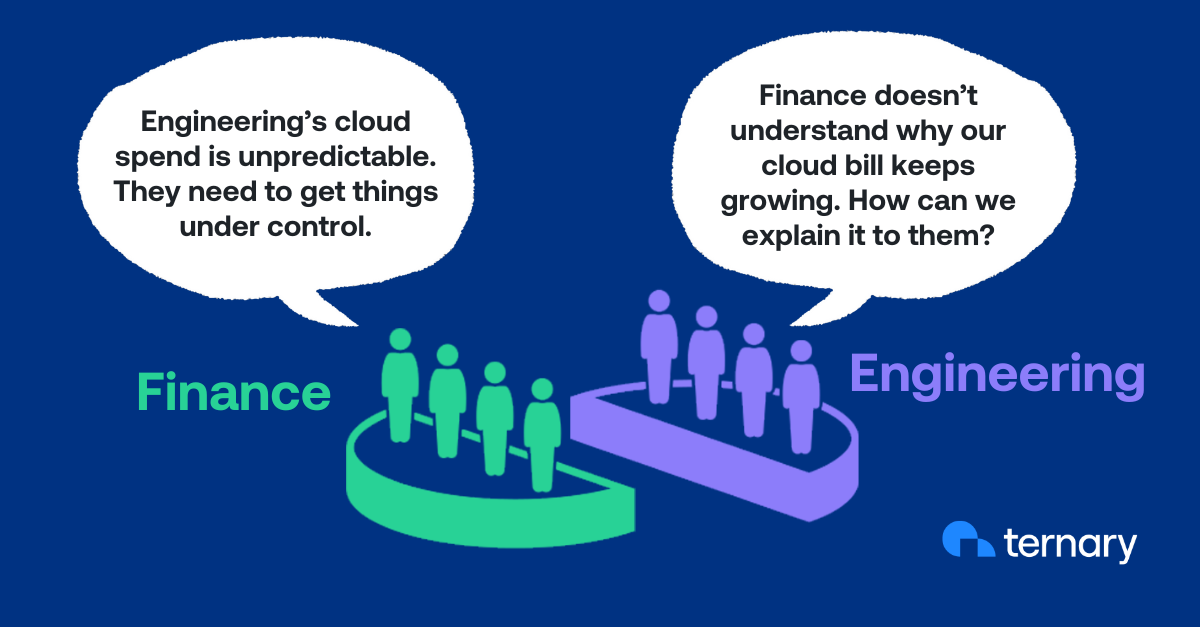
Getting involved in the FinOps practice
Q. As a finance professional who is newer to the FinOps market, what is your perception of cloud costs?
A. Cloud costs can seem like a black hole—or the biggest black box, so to speak. Within that black box, how can I evaluate the components of Engineering’s forecast? Most finance leaders like me have looked at cloud spend from a macro level, without zooming in to all the different ways that you can optimize your environment. In my opinion, it’s not reasonable to expect Finance to understand every single little lever that can drive cloud costs up or down, because some of those levers are really not material. But, I do think it’s important to pinpoint the most important contributors to cloud spend. Finance pros should ask: What are the 4 or 5 things that drive about 60% of our cloud costs? I want to keep an eye on those at least quarterly, if not monthly.
Q. As you continue to learn more about FinOps, are there particular areas that you’d like to be more involved in?
A. Yes, I’ve been working with our CTO and co-founder, Joshua Kwan, to better understand our own cloud consumption. He regularly demonstrates to the leadership team how we can use Ternary throughout our own budget planning process. I’m particularly interested in commitment-based discount purchasing. I’d encourage my fellow–finance leaders to actively involve themselves in those conversations.
Ready to learn more?
Ternary’s FinOps-native platform provides finance teams with the granular insights necessary to confidently predict cloud spend and map it to key business objectives. Request a demo today.

